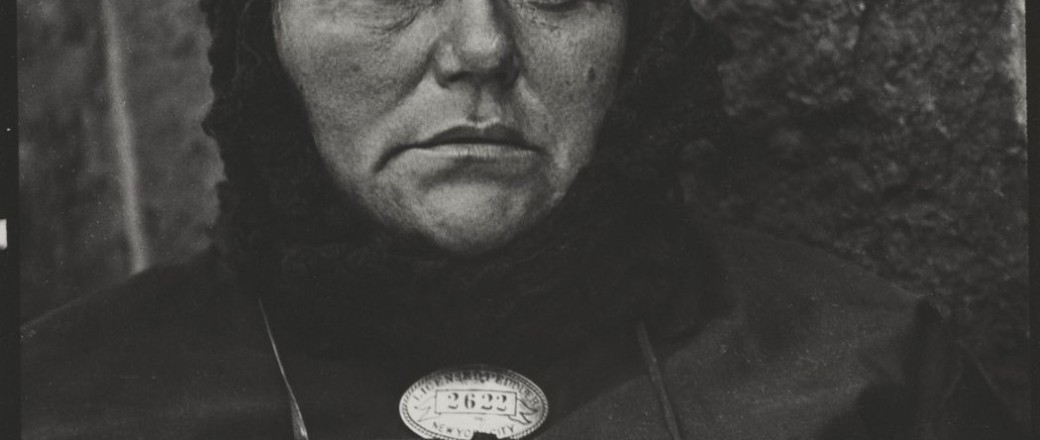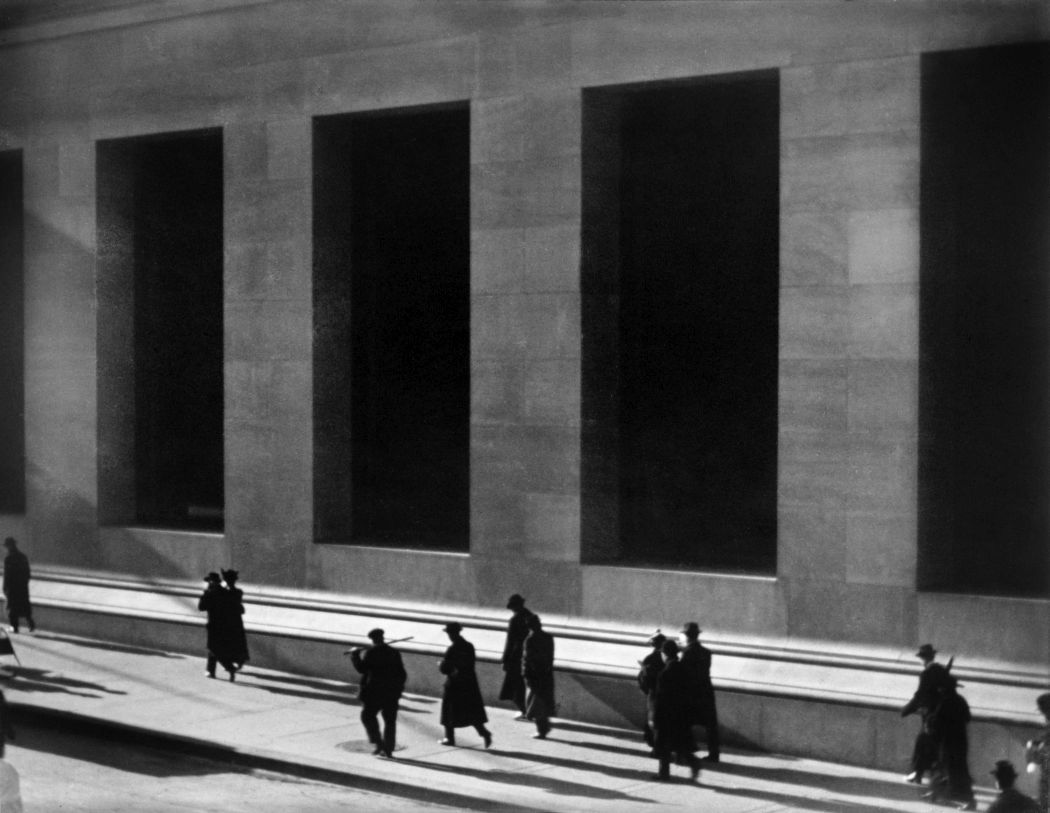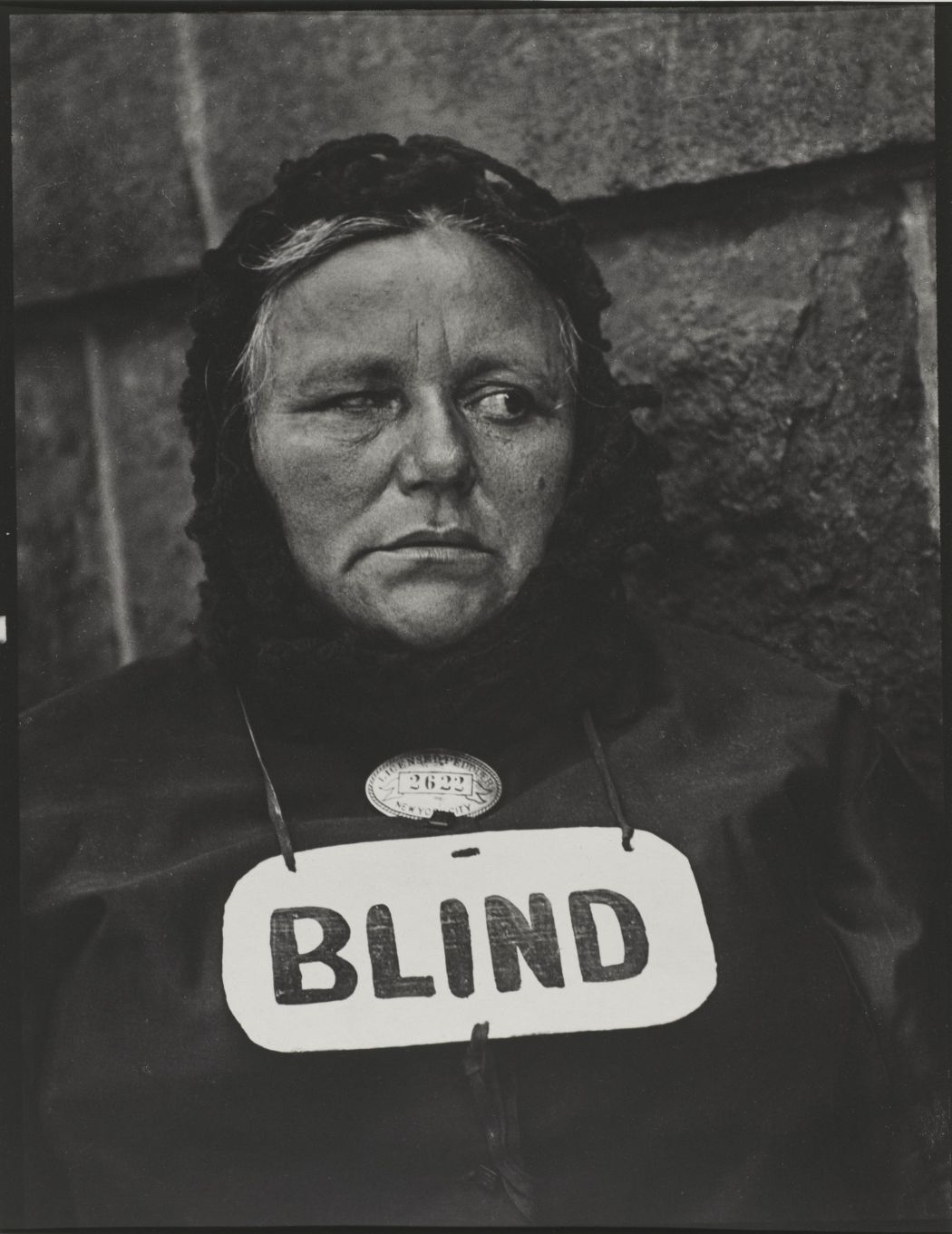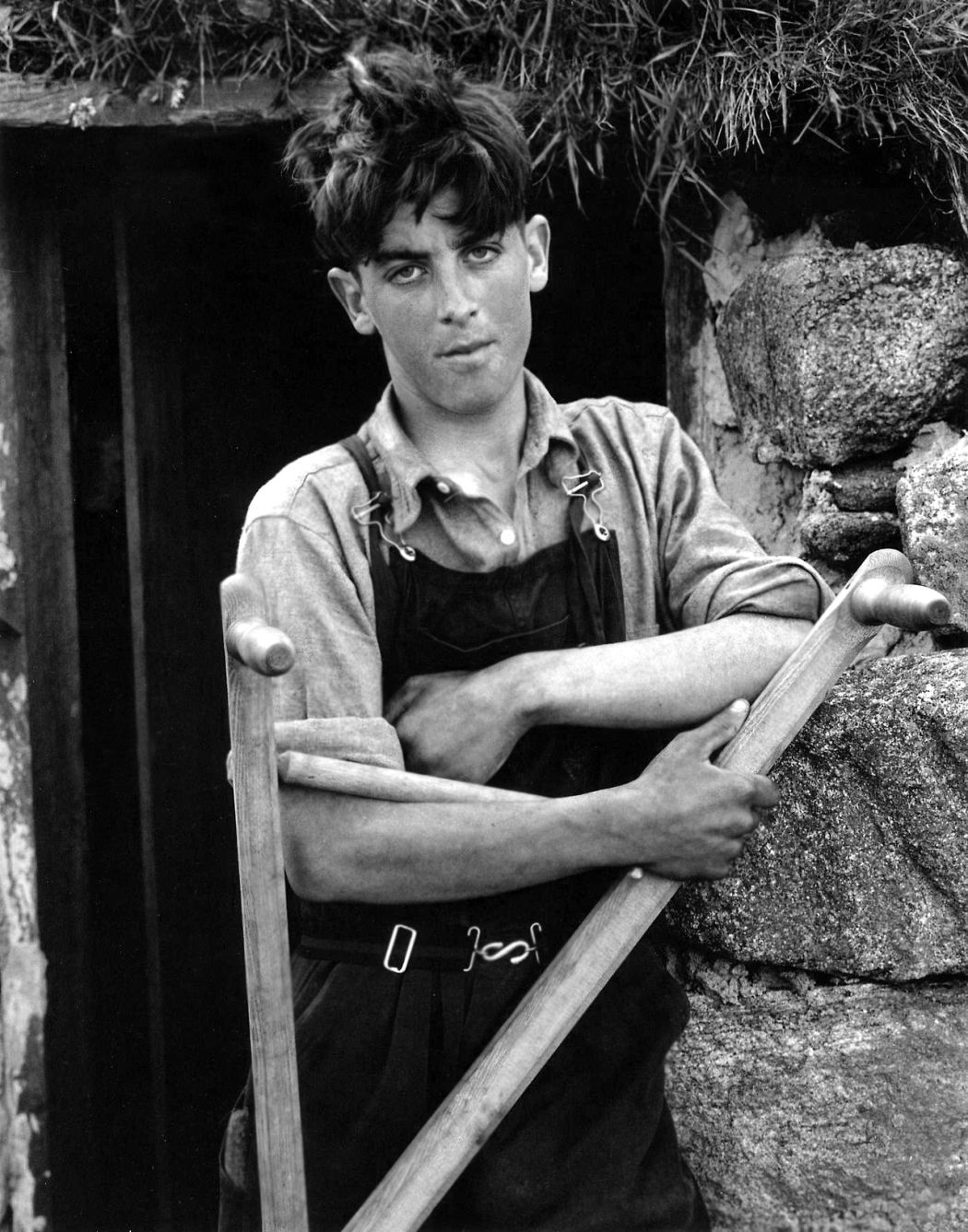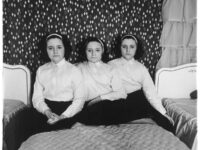Paul Strand (1890 – 1976). When he was 17 years old, he began taking photography courses, studying under famed photographer Lewis Hine.
During his training, Strand also became acquainted with Alfred Stieglitz, whose 291 Gallery in New York provided inspiration for Strand and other aspiring modernist photographers and artists. A turning point in his career came in 1915 when he began to discover the intrinsic capabilities of the large-format camera, known as “straight photography.” His photographs moved from soft-focus scenes of modern New York that reflect the energy and movement of the city and its inhabitants to sharply focused expressions of objective reality. Strand’s images gain power from their integration of reality and abstraction within the composition. Many of Strand’s works during this time focus on architectural elements and curvilinear still-life forms, subjects inspired by Stieglitz and the painter Charles Sheeler.
In 1920 another shift occurred in Strand’s career.His social consciousness led him to explore the relationship between art and politics and to devote his career to progressive causes, turning to cinematography for a decade, from about 1920 to 1930. In 1934 Strand helped found Frontier Films, a documentary film company dedicated to pro-labor causes. Strand remained an active photographer while working in film, but his subject matter changed. He concentrated on images of farmers and villagers in New England and Mexico, expressing nostalgia and admiration for a simpler life. In 1936 Strand joined with Berenice Abbott to establish the Photo League in New York. Its initial purpose was to provide the socialist press with photographs of trade union activities and political protests. Later the group decided to organize local projects in which members photographed working class communities.

